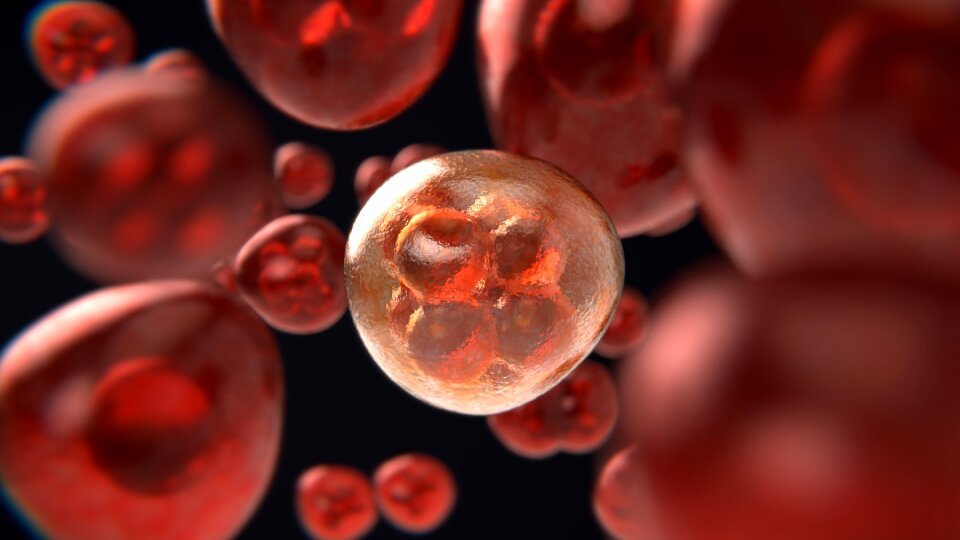
Giustacchini Group
Molecular and cytotoxic therapies have shown the ability to induce disease remission in cancer patients, but often there remains minimal residual disease, acting as a reservoir for therapy resistance and eventual relapse. It is essential to comprehend the mechanisms behind therapy escape in order to develop effective therapeutic strategies that can lead to complete disease eradication. Among various blood cancers, Acute Myeloid Leukaemia (AML) stands as a significant therapeutic challenge. AML is the most prevalent haematological malignancy in adults, with long-term survival rates below 20% following relapse, and treatment outcomes have not significantly improved in the past two decades.
Despite extensive research on somatic mutation landscapes associated with disease relapse, the identification of genetically resistant clones responsible for AML relapse has had limited success. This has sparked interest in exploring non-genetic factors that contribute to the heterogeneous therapeutic response. A proposed source of heterogeneity in AML lies in its hierarchical structure, with leukemic stem cells (LSCs) being the only cells capable of perpetuating the disease and giving rise to more mature leukemic subsets. By studying gene expression and epigenetic signatures associated with leukemia stem cells, successful predictions of relapse risk in AML patients have been made. This suggests that LSCs play a crucial role in driving therapy escape and disease relapse, and targeting them effectively is vital for curative treatments.
AML has been observed to significantly alter the immune microenvironment of patients’ bone marrow and peripheral blood composition. Immunosuppressive signals emanating from AML cells can contribute to impaired cytotoxic activity and abnormal phenotypes in immune cell subsets. However, the reciprocal interaction between LSCs and immune cells in sustaining malignant stemness and enabling therapy escape remains largely unexplored. Dysfunctional crosstalk between these cells not only contributes to disease severity but also presents potential targets for therapeutic interventions that target LSC-immune cell dependencies.
To establish mechanistic relationships between cancer stem cells, cancer immunity, and the host’s genetic background in therapy escape, comprehensive analyses are needed. Large-scale investigations integrating genomic, stemness, and immunological landscapes in AML patients at the time of diagnosis and minimal residual disease will be crucial. By combining single-cell multiomics approaches with stem cell functional assays, our aim is to decode the dependencies between LSCs and the immune microenvironment, refine prognosis and risk stratification, unravel intrinsic and extrinsic resistance mechanisms, and identify precise therapeutic interventions.
Group members
-
 Alice Giustacchini
Alice Giustacchini
Research Group Leader -
 Claudia D’Oria
Claudia D’Oria
Senior Technician -
 Sina Kanannejad
Sina Kanannejad
PhD Student -
 Filippo Martignano
Filippo Martignano
Postdoc -
 Clara Pessia
Clara Pessia
Undergraduate Intern -
 Cecilia Reyneri
Cecilia Reyneri
PhD Student